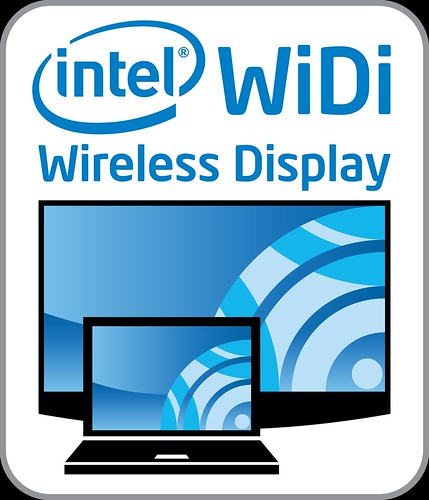In the 90s, as a PC-gaming geek, I bemoaned Moore’s law; Intel’s founder’s dictum that the processing power of computers would double every two years or so (technically, the dictum might be that the number of transistors on an integrated circuit would double, but the former sounds more comprehensible and comes to much the same thing).
Why did I care? Because every new piece of software required a faster computer, and that meant, when I was trying to play Dune 2 on an ageing Amstrad PC2286 (clocked at a staggering 12 megahertz, costing the best part of £2k) that I had to do some considerable Macgyvery hackery to free enough system resources to allow the game to load – and it dragged agonisingly slowly when I’d built too many Harkonnen Devastator tanks (we didn’t have the money or inclination to upgrade every two years, certainly not so I could game more).
Today, over 40 years on from the original prediction, material and manufacturing limits are slowing the pace at which hardware becomes defunct. That is to say – the processes by which CPUs are created are reaching the point where we simply will not be able to make the processing elements any smaller, and so Moore’s law is slowing. Intel’s website explains, and gives us this handy graph:

By 2020, Moore’s law will not apply to traditional CPU development. So one of two things will happen; first, companies will continue to shift multiple cores onto CPUs (dual, quad-, octo-core machines already exist) to allow for even more parallel processing. Second; we will move onto a new substrate for computer processing – potentially optical based computing or some such. I don’t think the technology for the latter is quite ready yet.
But the net impact for me, as a consumer and Deputy CIO for my company – lack of processing power no longer fuels hardware refresh in the way that it once did. A server I put in three years ago is showing no significant signs of performance degradation and the only real point of concern I have is that a hard drive will fail. Cost of replacement hard drive? A couple of hundred quid, if that. Cost of new server? In the thousands.
Of course, ideologically speaking, I’m looking to outsource all of this stuff (personally and professionally) to the cloud. But the UK’s internet infrastructure isn’t quite there yet – and neither are the services. But they move 10% closer every 6-12 months…*
* Yes, this is nonsense. I need to come up with some better laws.
 I missed the release of a whole new acronym – Widi – which is, broadly speaking, wireless display technology that will see PCs hook up with displays (that have special network adapters connected to them) without the need for any sort of cabling.
I missed the release of a whole new acronym – Widi – which is, broadly speaking, wireless display technology that will see PCs hook up with displays (that have special network adapters connected to them) without the need for any sort of cabling. 
